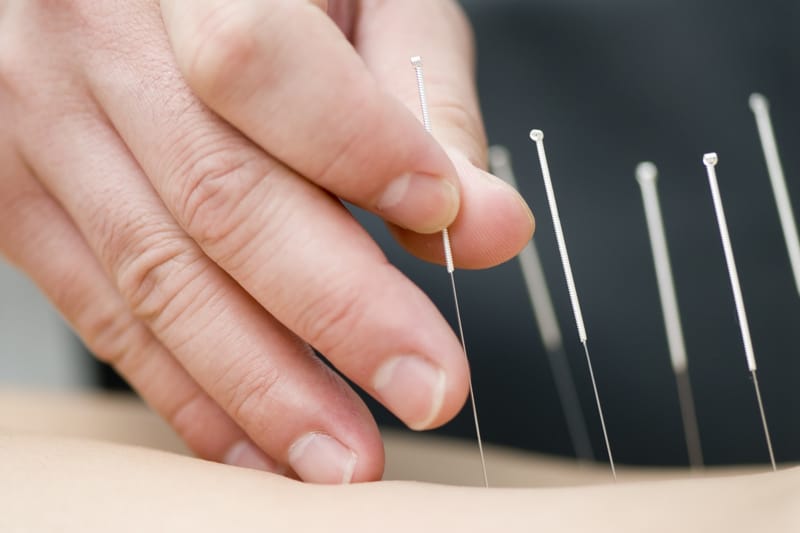Medical Acupuncture

Medical acupuncture is a modern treatment approach founded in concepts of neurology, anatomy and physiology. Similar to traditional Chinese acupuncture, medical acupuncture involves the strategic placement of sterile needles into various locations in the body. The major differences between the two forms of acupuncture is that medical acupuncture sometimes uses a low frequency (2-8Hz) electrical stimulation on the needles, and the selection of acupuncture points is based both on the traditional Chinese approach as well as including points that are anatomically and neurologically connected to your specific source of pain. Medical acupuncture has been shown to have beneficial results by inducing muscle relaxation, modulating pain, altering your neuroendocrine responses and changing you autonomic activity (‘fight or flight’ response) resulting in an overall relaxation and a feeling of well-being.
Medical acupuncture is commonly used by medical doctors, chiropractors and physiotherapists in the treatment of chronic pain, or as an adjunct to their regular treatment regime.
What can be treated with Medical Acupuncture?
Recent research has found acupuncture to have positive results in the treatment of chronic low back pain, knee osteoarthritis, and management of chronic pain conditions. Other musculoskeletal conditions commonly treated with medical acupuncture include tendinosis, rotator cuff injuries, muscle strains, joint sprains, headaches and repetitive strain injuries. As previously mentioned, medical acupuncture helps to restore your body’s natural nerve and muscle tone, increases blood flow and provides pain relief for chronic conditions.
Typically treatments last about 20-30 minutes and the number of needles used in a treatment will vary according to the individual, duration of pain and the condition being treated. An improvement of 15% to 20% in pain sensation is often experienced after the first treatment. In general, further improvement follows within a few days; however, the effects of this technique can be immediate. Repeated treatments are necessary to see full pain relief in most cases.
Is the Treatment Painful?
Everybody has a different and unique response to acupuncture. Typically the treatment is pain-free, however, some have a heightened sympathetic response to needles which results in the sensation of lightheadedness, fatigue and often sweating. The application of the needle is similar to the ‘prick’ of a mosquito bite with further tightness being related to the tightness of the tissue the needle is in. The majority of needles are imperceptible when placed in the body. Furthermore, for a completely successful outcome, the point to be treated has to be the one that reproduces the referred pain. This means that the needle placement will often recreate the pain sensation of the condition. While undesirable, it is necessary to target the source of the pain in order to fully resolve musculoskeletal conditions. However, the end result of pain resolution is always worth the slight discomfort one might experience during the course of treatment.


